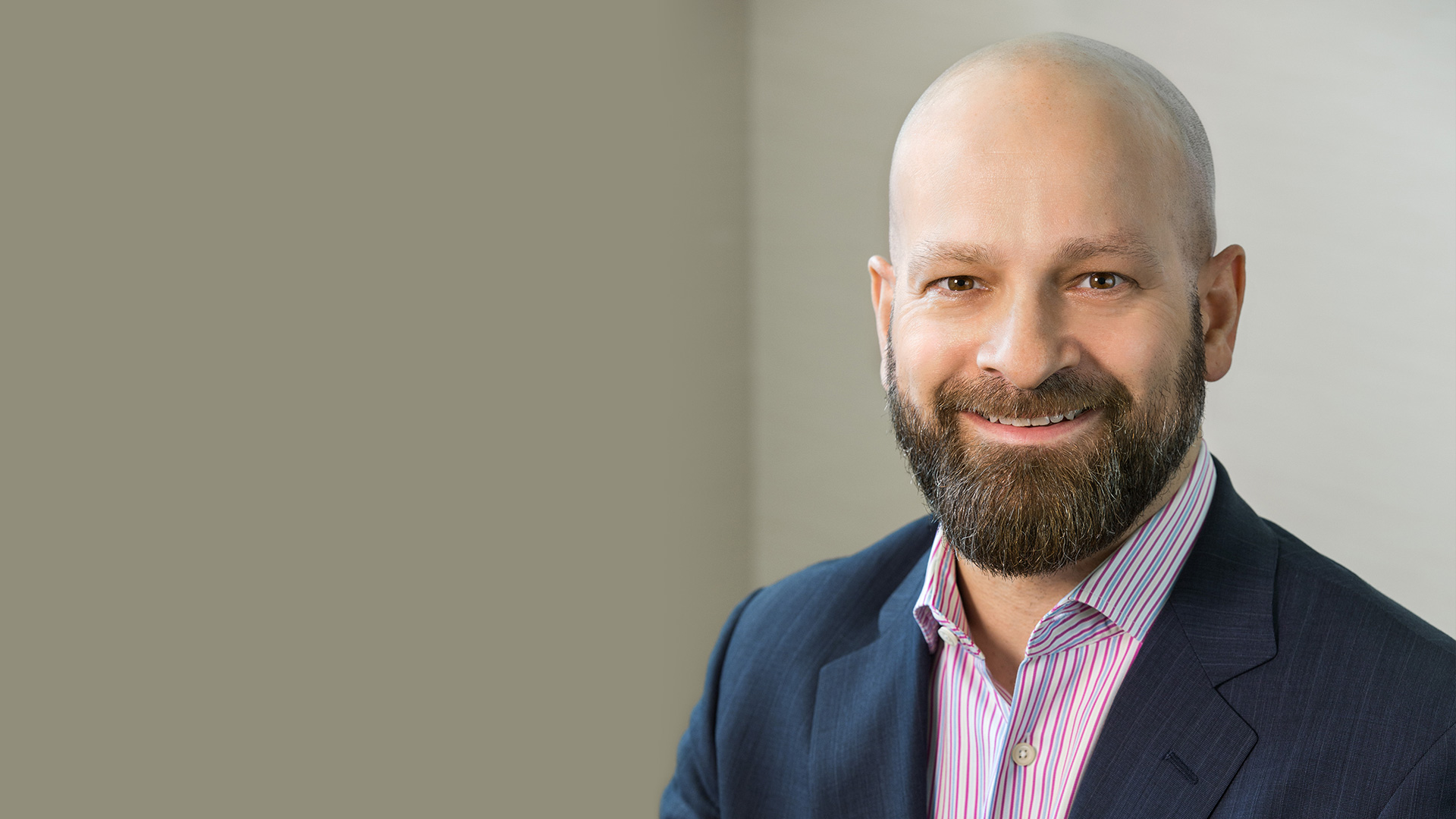
Fred Schacknies, VP & Assistant Treasurer at Hilton chose a career in treasury to become deeply involved in how the business operates: and he has not been disappointed. There are some non-value adding tasks that he would rather not deal with, however.
Why did you decide to follow a career in corporate treasury?
I initially worked in FX sales and trading, but I always had a profound interest in what was happening on the buy-side and the decision-making process behind the deals that were being made.
Corporate treasury, in particular, was appealing because it is perhaps the one role in finance that bridges the internal workings of the company with the external dynamics of the market.
Today, I spend most of my time dealing with issues outside of the treasury department and understanding how treasury issues pertain to the rest of the company. It is truly a varied and dynamic role and it is that which I find most fascinating and that has validated my decision to join the corporate treasury profession.
What has been a focus of late for the treasury?
The company has undergone many changes in my time and as a result, the treasury engine has been running at full steam for some time now. The list of projects that we have worked on is therefore pretty extensive.
One area, however, that we have focused on recently is the restructuring of the Group’s international entities and the education of its people to foster a more currency rational approach to liquidity management.
As the company has grown internationally the need to have a greater understanding of our global liquidity portfolio and the risks associated with this has intensified. We have therefore, partnered with other groups in finance who were already working to restructure the business for commercial reasons and looked to redefine the currency plumbing.
Key has been gaining control and visibility over our transaction data. From here we can measure risk in terms of notional exposure, simple factor sensitivity and probabilistic models (value-at-risk), and calibrate this with historical results data. With this information, we are then able to make more informed hedging decisions and better manage our risk profile.
Do you have any challenges or things that you would rather not be dealing with?
Know your customer (KYC) requirements. I joke that it is death by a thousand papercuts.
This has become an immense burden for corporate treasury departments and the banks. It saps time – not simply because of the work involved in meeting KYC requirements, but also because of the need to explain these requirements to the business and make them understand why it can take a long time to open a bank account.
Frankly, this adds no value to what we are doing and our time could be better spent doing other things. It has also increased the cost of doing business through indirect taxation.
How do you overcome this challenge?
There is no silver bullet. We rely on honest and frank conversations with our banking partners and push back whenever we think their requests are unreasonable.
Hopefully, there can be some regulatory alignment around the standards that are required in the near future. Then, from this base, it will be easier to leverage technology to help automate and solve the KYC burden for banks and corporates.